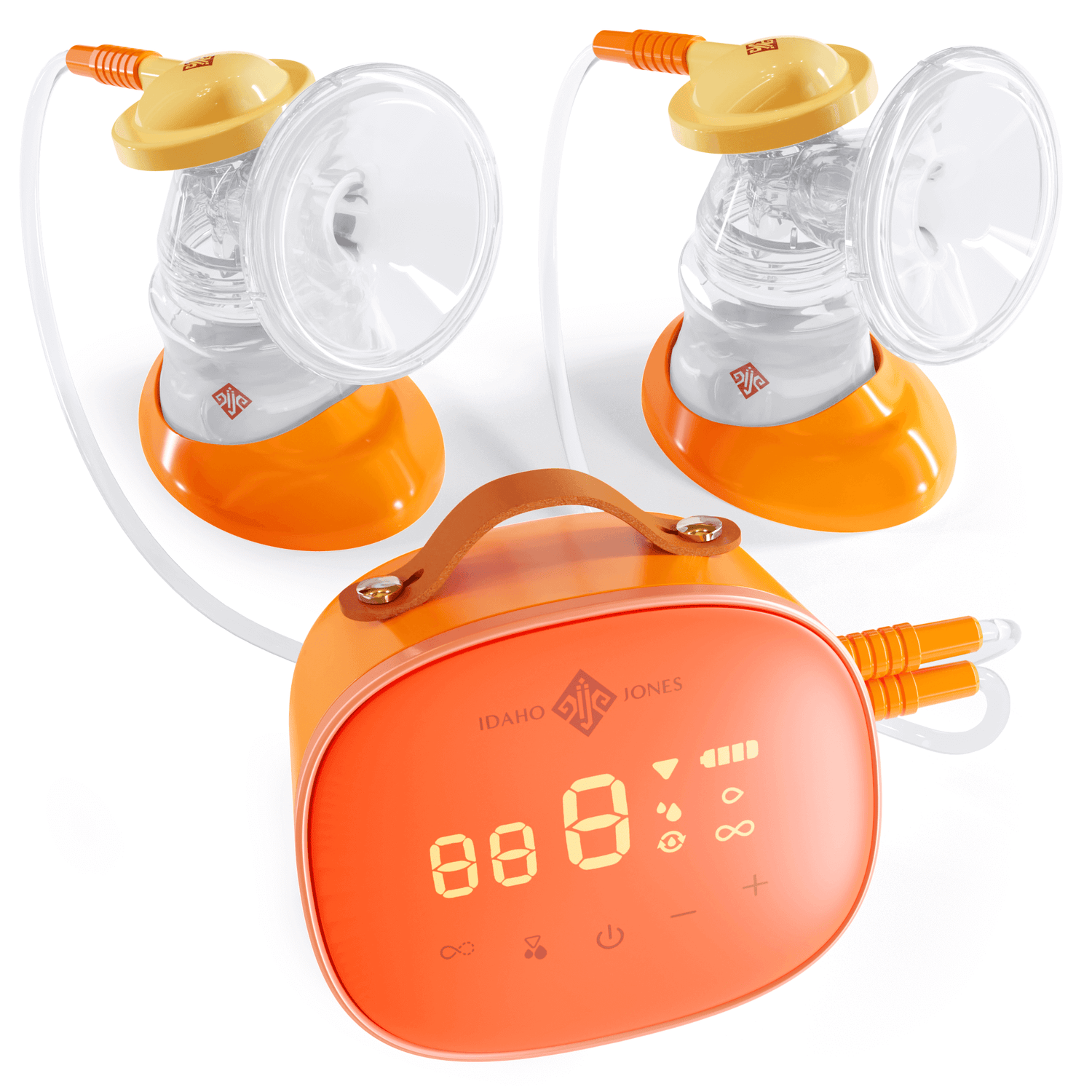Breastfeeding can come with many discomforts, and mastitis is on the more severe end of that spectrum of pain. Mastitis is breast inflammation and can be caused by obstruction, infection, or allergy. Symptoms of mastitis include intense pain, heat, and swelling, as well as fever (of 101.3°F/38.5°C or greater), chills, and general aches and pains, often described as “flu-like.” You may also notice red streaks extending from the inflamed area. Expressed milk may look clumpy or stringy (you might wonder if it’s safe for your baby to drink this milk...yes! However, some moms prefer to strain the milk or only give their babies milk once it returns to normal).
If you have mastitis, here are some things to keep in mind as you navigate this illness and breastfeeding challenge:
Feed frequently! Mastitis occurs when milk is not being removed frequently enough. Nurse or pump often to help your body recover and prevent further clogs or infection. Breastfeed every two hours or more, and be sure to empty your breasts as much as possible each time. Start with the affected breast for every feed.
Apply heat. Use a warm washcloth, hot compress, or high temperature shower to encourage milk flow and help relieve mastitis symptoms. You can also soak your breast(s) in a basin of warm water with Epsom salts.
Avoid compression. Don’t wear tight clothes or bras. Constrictive clothing can hinder milk flow, and should be avoided if you think you may have mastitis or a clogged duct.
Get help. Mastitis can leave you feeling really awful, so ask for help around the house from a partner, friend, or family member. Professional help can also aid in recovery from this illness, don’t hesitate to reach out to a lactation consultant (IBCLC) or your midwife or OBGYN if you continue feeling poorly.
Watch the clock. If mastitis symptoms last for more than 24 hours, you may need antibiotics to help your body fight the infection. If you’re not recovering in 12-24 hours from what you think is mastitis, reach out to your care provider about medications that you may need.
To learn more about what to do with mastitis, check out KellyMom’s post on the topic or the Academy of Breastfeeding Medicine’s protocol on mastitis.



